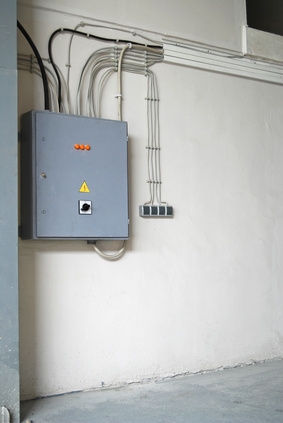
If you buy an electric car, you will need the capability of charging its batteries from a home charging dock or point. Using normal 110/120 volt household current will trickle-charge the car over a 16-hour period. To charge it overnight, in six to eight hours, requires a 240-volt, 40-ampere, Level 2 charging circuit. Upgrading your home's electrical panel, running separate conduit with line and connecting the home charging point will require planning, permits, inspections and equipment. Nissan supplies the charging point and handles the entire install, including permitting, at your expense when you buy its electric car, the Leaf. You can do it yourself with an electrical contractor.
Ask the electric car dealer whether the vehicle requires a conductive or inductive home charging point, if the battery requires ventilation during charging and if there are any other special requirements.
Contact your local electric utility regarding special time-of-use rates, dual metering and electrical service requirements.
Check with your local building department to determine if local code allows the use of dual meters. Also check if there are any other code requirements.
Decide whether to place the home charging point in the garage or outdoors. If it is outdoors, ensure that it is vandalism- and theft-proof.
Contact a qualified electrical contractor to determine if the home's electrical service is adequate for the vehicle's charging needs.
Devise an installation plan with the contractor's help, including drawings, panel schedule, lists of materials and a ventilation diagram if ventilation is required.
Apply for a building permit. Do not begin installation until you have permit approval.
Order the charging point with the necessary components and electrical supplies.
Upgrade the home's electrical panel, installing the appropriately-rated circuit breaker and a separate electrical vehicle meter as required.
Run conduit with the 240-volt, 40-ampere branch circuit to the location for the charging point. Preferably, run it below ground; if above ground, run it at least 40 inches above ground.
Place the charging point so that it does not block any entries or exits. The charging cable should stretch the shortest distance, and the charger handle should be within easy reach.
Connect the new line to the charging point.
Notify the building department that the installation is complete and schedule an inspection. Make any adjustments the inspector requires.